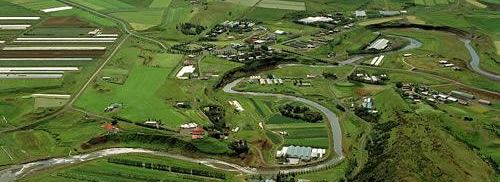BACKGROUND: Fish protein powder (FPP) is used in the food industry for developing formulated food products. This study investigates the feasibility of increasing the value of saithe (Pollachius virens) by producing a functional FPP. Quality attributes of spray and freeze-dried saithe surimi containing lyoprotectants were studied. A freeze-dried saithe surimi without lyoprotectants was also prepared as a control sample.
RESULTS: The amount of protein, moisture, fat and carbohydrate in the FPPs were 745–928, 39–58, 21–32 and 10–151 g kg−1. Quality attributes of FPPs were influenced by the two drying methods and lyoprotectants. The highest level of lipid oxidation was found in the control and the second highest in the spray-dried FPP. The spray-dried fish protein had the lowest viscosity among all FPPs. Gel-forming ability of samples with lyoprotectants was higher than that of the control. Water-binding capacity, emulsion properties and solubility of the freeze-dried fish protein containing lyoprotectants were significantly higher than spray-dried and control samples. However, functional properties of spray-dried FPP were higher than the control sample.
CONCLUSION: It is feasible to develop value-added FPP from saithe surimi using spray- and freeze-drying processes, but freeze-dried FPP containing lyoprotectant had superior functional properties and stability compared with spray-dried sample. Both products might be used as functional protein ingredients in various food systems. Copyright © 2010 Society of Chemical Industry




